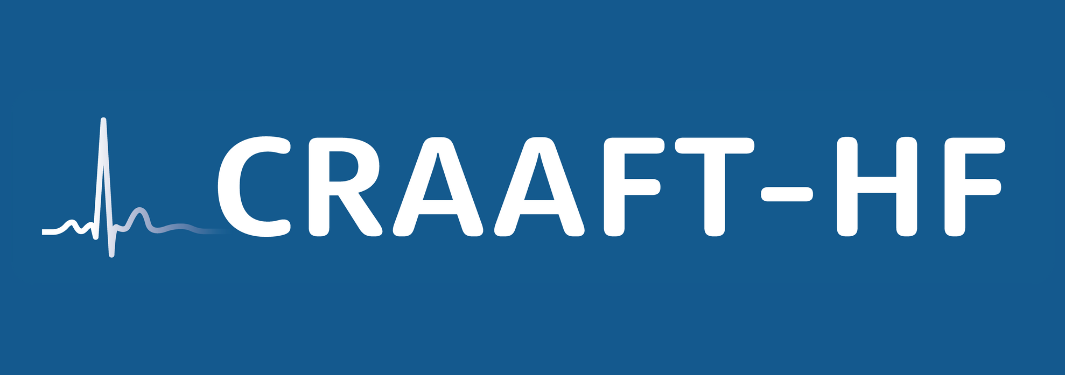CRAAFT-HF

Full Title: Cryoballoon/Radiofrequency/Pulsed Field Ablation of Atrial Fibrillation versus Medical Treatment for Heart Failure
Short Title: CRAAFT-HF
Sponsor: University College London
Funder: British Heart Foundation
Chief Investigator: Prof Pier Lambiase, Professor of Cardiology, University College London
Co-Investigators: Prof Mark Petrie, Professor of Cardiology, University of Glasgow; Prof Amrita Ahluwalia, Professor of Vascular Pharmacology, Dean for Research, Queen Mary University of London & Director of Barts CVCTU
Contact: craaft-hf-cvctu@qmul.ac.uk
Registration: https://clinicaltrials.gov/study/NCT06505798
Study Design:
Randomised, open-label, multicentre clinical trial
Objectives:
- To determine whether catheter ablation of atrial fibrillation (AF) in patients with heart failure and reduced ejection fraction (HFrEF, LVEF <50%) reduces all-cause mortality and cardiovascular hospitalisations
- To assess whether catheter ablation improves quality of life in the same population
Number of Participants: 1200
Devices Used: Cryoballoon, radiofrequency, and pulsed field ablation systems for pulmonary vein isolation (PVI)
Study Duration: 5 years
Location: Multicentre multinational trial coordinated by Barts CVCTU

Summary: Atrial fibrillation (AF) worsens the prognosis of patients with heart failure (HF), increasing both symptom burden and mortality risk. While catheter ablation has been shown in small trials to improve cardiac function and exercise tolerance, its effect on harder endpoints like mortality and hospitalisation remains unclear.
The CRAAFT-HF trial is a UK-based, randomised, open-label, multicentre study aiming to determine whether catheter ablation of AF reduces all-cause mortality and cardiovascular hospitalisations compared to medical therapy alone in patients with HFrEF (LVEF <50%). The study also aims to evaluate improvements in quality of life. Ablation techniques include cryoballoon, radiofrequency, and pulsed field ablation for pulmonary vein isolation.
CRAAFT-HF addresses limitations of previous studies by including a broader and more representative heart failure population. With a target sample size of 1200 patients—nearly triple the size of earlier studies—the trial is powered to deliver definitive evidence that could guide treatment decisions and influence clinical practice.